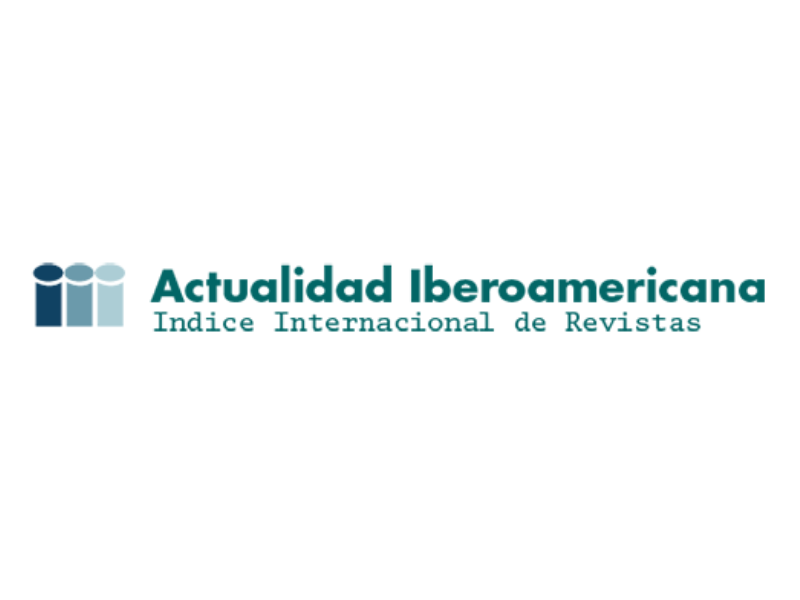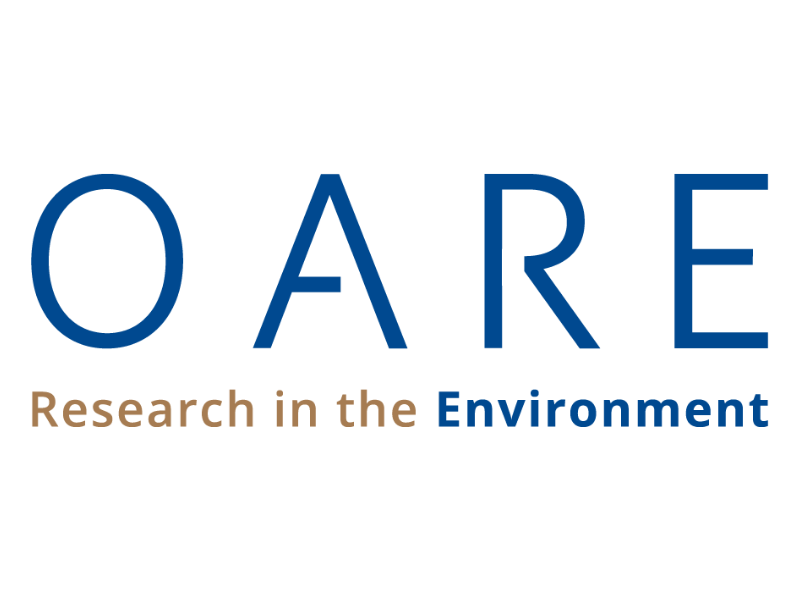How to Cite
Vergara., C., & Quílez, J. (2004). Criptosporidiosis: una zoonosis parasitaria. Journal MVZ Cordoba, 9(1). https://doi.org/10.21897/rmvz.504
Dimensions
Show authors biography
Article visits 1480 | PDF visits
Downloads
- Angel V E, Franco L, Jaramillo J C, Medina L A, Ochoa L F, Velez A M, Botero D, Vasquez L H. Cryptosporidiosis en Medellín. Prevalencia de Cryptosporidium en muestras fecales diarreicas en 6 laboratorios de Medellín. Estudio de 10 casos. Biomédica. 1985; 5:53-61. http://dx.doi.org/10.7705/biomedica.v5i3-4.1902
- Casemore D P. Sheep as a source of human cryptosporidiosis. Epidemiol. Infec., 1989, 104: 1-28. http://dx.doi.org/10.1017/S0950268800054480
- Casemore D P, Wright S E, Coop R L. Cryptosporidiosis - Human and animal epidemiology. In: Cryptosporidium and cryptosporidiosis. Fayer, R (Edit). Boca Ratón, Florida. CRC Press, 1997, 65-92.
- Castro-Hermida J A, Quílez J, López-Bernad F, Sánchez-Acedo C, Freire-Santos F, Ares-Mazás M.E. Treatment with beta-cyclodextrin of natural Cryptosporidium parvum infections in lambs under field conditions. Int J Parasitol., 2001, 31: 1134-1137. http://dx.doi.org/10.1016/S0020-7519(01)00220-X
- Causapé A C, Sánchez-Acedo C, Quílez J, Del Cacho E, Viu M. Efficacy of halofuginone lactate against natural Cryptosporidium parvum infections in lambs. Res Rev Parasitol. 1999, 59: 41-46.
- Chartier C, Mallereau M P, Naciri M. Prophylaxis using paromomycin of natural cryptosporidial infection in neonatal kids. Prev Vet Med. 1996, 25: 357-361 http://dx.doi.org/10.1016/0167-5877(95)00511-0
- Clark DP. New insights into human cryptosporidiosis. Clin Microbiol Rev. 1999; 12: 554-563.
- Current W L, García L S. Cryptosporidiosis. Clin Microbiol Rev. 1991; 4: 325-358. http://dx.doi.org/10.1128/CMR.4.3.325
- Current W L. Cryptosporidium parvum : household transmission. Ann Int Med. 1994; 120:518-519. http://dx.doi.org/10.7326/0003-4819-120-6-199403150-00012
- de Graaf D C, Vanopdenbosch E, Ortega-Mora L M, Abbassi H, Peeters J E. A review of the importance of cryptosporidiosis in farm animals. Int. J Parasitol. 1999; 29: 1269-1287. http://dx.doi.org/10.1016/S0020-7519(99)00076-4
- Fayer R, Ellis W. Paromomycin is effective as profilaxis for cryptosporidiosis in dairy calves. J Parasitol. 1993; 79: 771-774 http://dx.doi.org/10.2307/3283619
- Fayer R, Nerad R. Effects of low temperatures on viability of Cryptosporidium parvum oocysts. Appl Environ Microbiol. 1996; 62: 1431-1433.
- Fayer R, Speer C A, Dubey J P, 1997. The general biology of Cryptosporidium. In: Cryptosporidium and cryptosporidiosis. Fayer, R (Edit). Boca Ratón, Florida. CRC Press, 1-41.
- Fayer R, Lewis E J, Trout J M. et al. Cryptosporidium parvum in oysters from commercial harvesting sites in the Chesapeake Bay. Emerg Infect Dis. 1999; 5: 706-710. http://dx.doi.org/10.3201/eid0505.990513
- Fayer R, Morgan U, Upton S J. Epidemiology of Cryptosporidium: transmission, detection and identification. Int J Parasitol. 2000; 30: 1305- 1322. http://dx.doi.org/10.1016/S0020-7519(00)00135-1
- Flanigan T, Whalen C, Turner J, Soave R, Toerner J, Havlir D, Kotler D. Cryptosporidium infection and CD4 counts. Annals Intern Med. 1992; 116: 840-842. http://dx.doi.org/10.7326/0003-4819-116-10-840
- Fricker C R, Crabb J H. Water-borne cryptosporidiosis: detection methods and treatment options. Adv Parasitol. 1998; 40: 241- 278. http://dx.doi.org/10.1016/S0065-308X(08)60123-2
- Garber L, Salman M, Hurd H, Keefe T, Schlater J. Potentiel risk factors for Cryptosporidium infection in dairy calves. J Am Vet Med Aso. 1994; 205: 86-91.
- Garrocho C, García SV, González Merad R, Macías Hidalgo M C, Guadalupe Obregón M. Infección por Cryptosporidium en ni-os sanos en el altiplano de México. Rev Mex Ped. 1988; 55: 73-78.
- Griffiths J K. Human cryptosporidiosis: epidemiology, transmission, clinical disease, treatment and diagnosis. In: Opportunistic Protozoa in Humans. Adv Parasitol., vol. 40. Baker, R. y col. (Edits.). 1998; pp: 37-87. http://dx.doi.org/10.1016/s0065-308x(08)60117-7
- Holland R E. Some infectious causes of diarrhea in young farm animals. Clin Microbiol Rev. 1990; 3: 345-375. http://dx.doi.org/10.1128/CMR.3.4.345
- Lemoing V, Bissuel F, Costagliola D. et al. Decreased prevalence of intestinal cryptosporidiosis in HIV-infected patients concomitant to the widespread use of protease inhibitors. 1998; AIDS, 12: 1395-1397. http://dx.doi.org/10.1097/00002030-199811000-00026
- Mackenzie W R, Hoxie N J, Proctor M E et al. A massive outbreak in Milwaukee of Cryptosporidium infection transmitted through the public water supply. New Engl J Med. 1994; 331: 161-167. http://dx.doi.org/10.1056/NEJM199407213310304
- Manabe Y C, Clark D P, Moore R D. et al. Cryptosporidiosis in patients with AIDS: correlates of disease and survival. Clin Infect Dis. 1998; 27: 536-542. http://dx.doi.org/10.1086/514701
- Mancassola L, Richard A, Naciri M. Evaluation of decoquinate to treat experimental cryptosporidiosis in kids. Vet Parasitol. 1997; 69: 31-37. http://dx.doi.org/10.1016/S0304-4017(96)01094-1
- Mata L, Bola-os H, Pizarro D, Vives M. Cryptosporidiosis in children from some highland Costa Rica rural and urban areas. Am J Trop Med Hyg. 1984; 33: 24-29.
- Mata L. Cryptosporidium and other protozoa in diarrea disease in less developed countries. Ped Infect Dis. 1986; 5: 117-130. http://dx.doi.org/10.1097/00006454-198601001-00020
- Mercado R, García M. Annual frequency of Cryptosporidium parvum infection in child and adult outpatients, and in adults infected with human immunodeficiency. Rev Méd Chile 1995; 123: 479-484.
- Miron D, Kenes J, Ragan R. Calves as a source of an outbreak of cryptosporidiosis among young children in an agricultural closed community. Ped Infect Dis J. 1991; 10: 438-441. http://dx.doi.org/10.1097/00006454-199106000-00004
- Monge R, Chinchilla M. Presence of Cryptosporidium oocysts in fresh vegetables. J Food Prot. 1995; 59: 202-203.
- Morgan U M, Thompson R C A. PCR detection of Cryptosporidium: The way forward?. Parasitol Today. 1998; 4: 241-245. http://dx.doi.org/10.1016/S0169-4758(98)01247-2
- Naciri M, Mancassola R, Yvoré P, Peeters J E. The effect of halofuginone lactate on experimental Cryptosporidium parvum infections in calves. Vet Parasitol. 1993; 45: 199-207. http://dx.doi.org/10.1016/0304-4017(93)90075-X
- O'Donoghue P J. Cryptosporidium and cryptosporidiosis in man and animals. Int J Parasitol. 1995; 25: 139-195. http://dx.doi.org/10.1016/0020-7519(94)E0059-V
- Palella F J, Delaney K M, Moorman A C. et al. Declining morbidity and mortality among patients with advanced human immunodeficiency virus infection. N Engl J Med. 1998; 338: 853-860. http://dx.doi.org/10.1056/NEJM199803263381301
- Parra L, Carvajal H, Rodríguez A. Frecuencia de Cryptosporidium en ni-os de Cali. Biblioteca Nacional de Salud. Instituto Nacional de Salud. Colombia. 1987; pp. 4-64.
- Petersen C. Cryptosporidiosis in patients infected with the human immunodeficiency virus. Clin Infect Dis. 1992; 15: 903-909. http://dx.doi.org/10.1093/clind/15.6.903
- Redman D R, Fox J E. The effect of varying levels D. ECCOX on experimental Cryptosporidia infections in Holstein bull calves. Bovine Proc. 1994; 26: 157-159.
- Reif J S, Wimmer L, Smith J A, Dargatz D A, Cheney J M. Human cryptosporidiosis associated with an epizootic in calves. Am J Public Health, 1989; 79: 1528-1530. http://dx.doi.org/10.2105/AJPH.79.11.1528
- Robertson L J, Campbell A T, Smith H V. Survival of Cryptosporidium parvum oocysts under various environmental pressures. Appl Environt Microbiol. 1992; 58: 3494-3500.
- Rose J B, Lisle J T, LeChevallier M. Waterborne cryptosporidiosis: incidence, outbreaks and treatment strategies. In: Cryptosporidium and cryptosporidiosis. Fayer, R (Edit). Boca Ratón, Florida. CRC Press, 1997; 93-109.
- Slifko T R, Smith H V, Rose J B. Emerging parasite zoonoses associated with water and food. Int J Parasitol. 2000; 30: 1379-1393. http://dx.doi.org/10.1016/S0020-7519(00)00128-4
- Sterling C R, Arrowood M. Cryptosporidia. In: Parasitic Protozoa. Kreier, J.P. (Edit.). Academic Press Inc. San Diego, CA. 1993; pp. 159-225.
- Tzipori S. Cryptosporidiosis in perspective. Adv Parasitol. 1988; 27: 63-129. http://dx.doi.org/10.1016/S0065-308X(08)60353-X
- Tzipori S, Griffiths J K. Natural history and biology of Cryptosporidium parvum . In: Opportunistic Protozoa in Humans. Adv Parasitol, vol. 40. Baker, R. y col. (Edits.). 1998; pp.: 5-36. http://dx.doi.org/10.1016/s0065-308x(08)60116-5
- Ungar B L P. Cryptosporidiosis in humans (Homo sapiens). In: Cryptosporidiosis of man and animals. J.P. Dubey, C.A. Speer and R. Fayer (edit.). CRC Press. Boston. 1990; pp: 60-82.
- Vasquez I H, Restrepo M, Botero D. Cryptosporidiosis en Medellín. Biblioteca Nacional de Salud. Instituto Nacional de Salud. Colombia. 1986; pa. 5-64.
- Vergara-Castiblanco C, Santos-Nu-ez S, FreireSantos F, Ares-Mazás E. La criptosporidiosis en la region andina de Colombia: seroprevalencia y reconocimiento de antígenos. Rev Pan Salud Pública, 2000; 8: 373-379. http://dx.doi.org/10.1590/s1020-49892000001100001
- Viu M, Quílez J, Sánchez-Acedo C, Del Cacho E, López-Bernad F. Field trial on the therapeutic efficacy of paromomycin on natural Cryptosporidium parvum infections in lambs. Vet Parasitol. 2000; 90: 163-170. http://dx.doi.org/10.1016/S0304-4017(00)00241-7
- Widmer G, Carraway M, Tzipori S. Water-borne Cryptosporidium: a perspective from the USA. Parasitol Today 1996; 12: 286-289. http://dx.doi.org/10.1016/0169-4758(96)10016-8
- Widmer G. Genetic heterogeneity and PCR detection of Cryptosporidium parvum. Adv Parasitol. 1998; 40: 223-239. http://dx.doi.org/10.1016/S0065-308X(08)60122-0
- Woods K M, Nesterenko M V, Upton S J. Efficacy of 101 antimicrobials and other agents on the development of Cryptosporidium parvum in vitro. Ann Trop Med Parasitol. 1996; 90: 603-615.
























